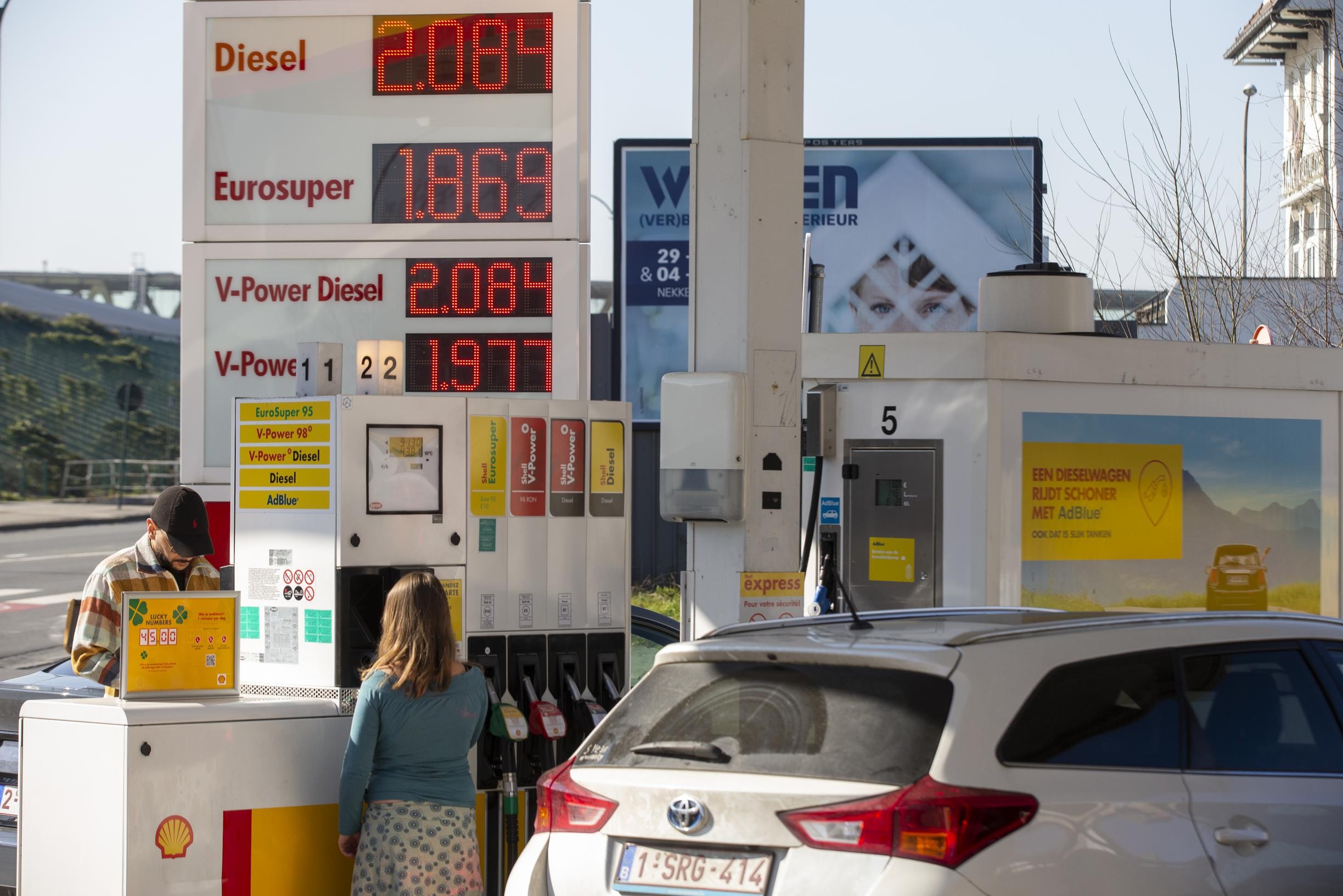Vladimir is furious. “We are being killed by the Russians,” he says angrily. “Every day people die. And why? Why do they have to die?”
He lives in the southern Ukrainian city of Kherson, which is slightly larger than Eindhoven. It is the first and so far only major city to be under Russian control. The 42-year-old Vladimir normally works at a local breweryclose to the center, but now his life is mainly dominated by helping colleagues and loved ones.
Like his mother, who was hospitalized yesterday. “She had a heart attack. No doubt it was caused by the Russians, the bastards. I will never forgive them.” He fears for her life, due to a shortage of medicines and skilled healthcare personnel. “She could die at any moment, thanks to the Russian military.”
Tanks through the streets
The Russian army is everywhere in the city, Vladimir says, but it is unclear to what extent it has control over the rebellious city. The most important buildings, such as the office of the regional government and the train station, are said to be in the hands of Russians. But at the same time, there are almost daily protests against the occupation in the city or in surrounding villages. Last weekend thousands of people took to the streets; hundreds at most.
Judging by video images, the protests seem to be able to take place relatively undisturbed. Russian soldiers regularly fire warning shots, but they do not seem to have superior numbers. According to the Ukrainian authorities, hundreds of protesters have been arrested throughout the Kherson region, but this is not verifiable.
Kherson is of strategic value due to its location on the delta of the Dnieper River. North of the city is one of the few bridges over the Dnieper. From Crimea, the Russian army moves via Kherson to the front line at Mykolaiv and later Odessa.
The most recent state of affairs in the south of Ukraine:
–


